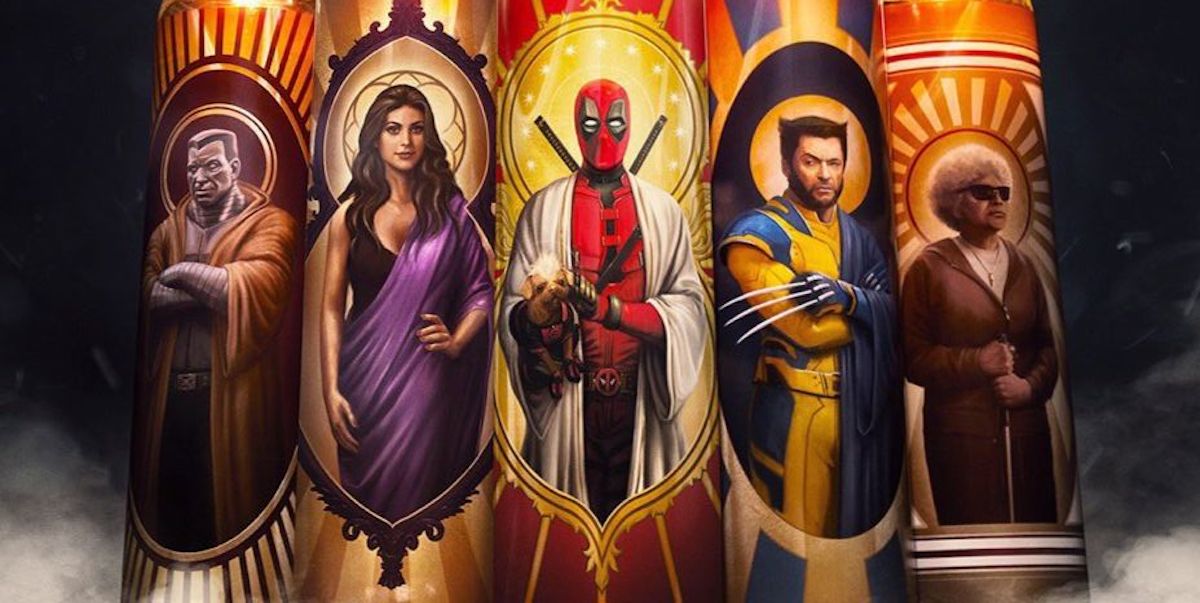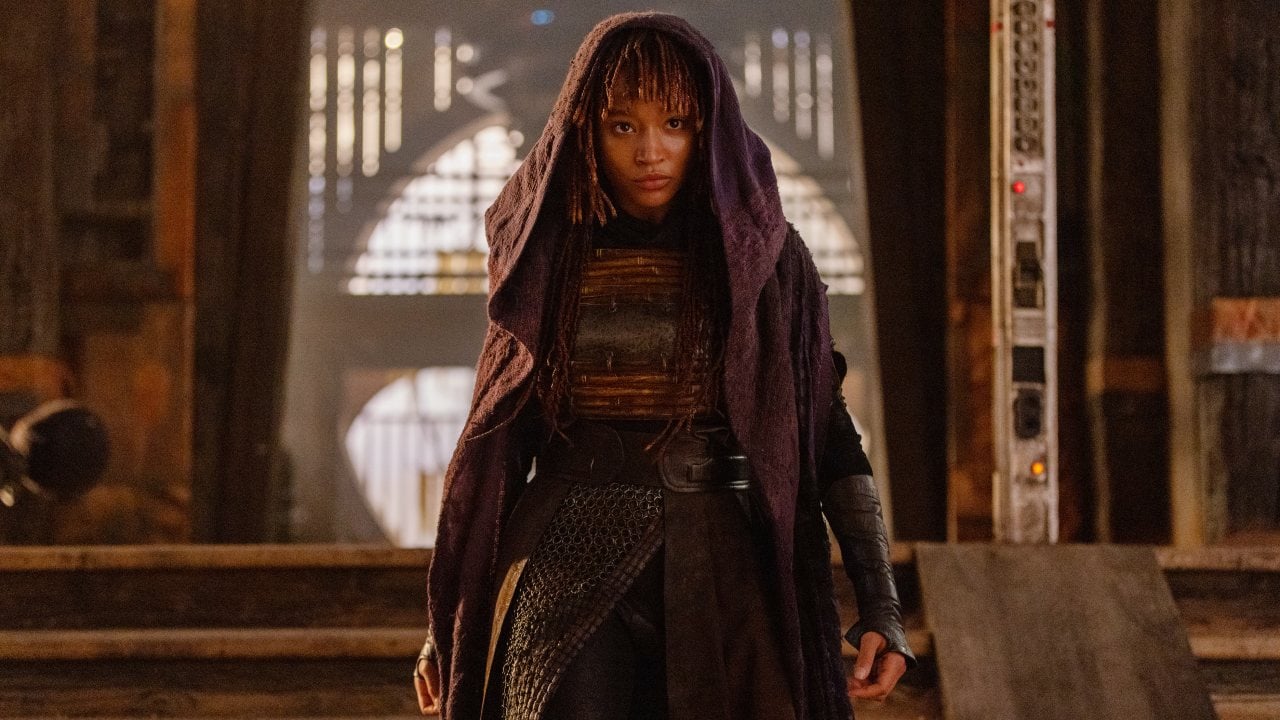It was released in Japanese cinemas on April 26, 1954 The Seven Samuraithe fifteenth film of director Akira Kurosawa’s career, which began before World War II and did not become international until after that, in 1951 with Rashomonwhich is also a samurai film. The Seven Samurai However, it achieved much greater diffusion and success, especially in the decades following its release, especially in the United States, influencing Hollywood cinema to the point of changing the character of the classic hero and many of the conventions of how cinema was made.
Today, much of what is amazing in cinema contains invented narrative points, formal ideas, and technical devices The Seven Samurai. The number of films or series that have taken something from this film, now often without even knowing it, is countless and makes it one of the most remade, copied and imitated films of all time. This is despite the fact that from its premiere until the 1980s, a version circulated that was significantly pared down compared to the three-and-a-half-hour original, with the producers hoping to return the significant capital invested. So many parts, characters and scenes were sacrificed that over the course of decades you couldn’t count seven samurai in a movie.
when The Seven Samurai After its appearance, the world of cinema was influenced by the trend of Japanese fashion films. Historically, cinema in Japan has always been a strong industry, but until the 1950s it did not export, but only subsisted in the domestic market. The change came specifically with films like RashomonThey were sent to major festivals such as the Venice Festival (which was the most important in the world at that time), received high prizes and from there they were purchased and distributed in different countries. There was a period during the 1950s when no major film festival was able not to screen a Japanese film, and Kurosawa was the most sought-after Japanese auteur. Especially after that Rashomon She won the Golden Lion in 1951 after being included in the festival in secret: not even Kurosawa knew her, and in fact there was no one in Venice to accompany and promote her.
The reason is that after World War II, the production of films set in the past became banned in Japan. Also as in Italy, after the victory of the war, the Americans maintained the power of censorship and supervision over domestic cinema. The Supreme Allied Commander had two sub-areas dedicated to the media: the CIE (Civilian Information and Education Department) and the CCD (Civilian Control Detachment). The reason films set in the past were banned was that patriotic works were not supposed to be produced, which was often the case. Traditional types and symbols were banned, you couldn’t photograph Mount Fuji, and you couldn’t photograph a katana (a typical samurai sword). It was possible to produce only films set in the present, but even for those films that the Americans put an end to: it was not possible to talk about atomic bombs.
The global success of Rashomon The fact that only a few years had passed since the end of the war ended this form of American control over Japanese cinema, and thus the industry began to invest heavily in samurai films, due to the international demand that had arisen. The Seven Samurai It was supposed to be the apotheosis of it all, the greatest film from one of the most important production companies: Toho.
Film history professor Dario Tomasi in his book Circle and swordHe recounts how the work was “giant, for a film that will for many years to come be the most expensive ever made in Japan,” explaining that in an era when a film costs an average of 26 million yen, The Seven Samurai It cost 125 million (about 4 million euros today). The reasons were bad weather conditions and various logistical problems. Then Kurosawa had no intention of saving money. Knowing that the costs would exceed what was expected, he chose to shoot all the expendable scenes first, that is, those that had been filmed last the production would have prevented him from doing, leaving the grand final battle for them. Finally, which was rather necessary.
In fact, the film’s story leans towards this big clash. A peasant village is periodically threatened and robbed by a group of thieves. The farmers, being poor, risk that the next incursion, once the harvest is over, will leave them with nothing and condemn them to death. Then some of them go to the city, desperate, to ask for help from some samurai, that is, professional, expert and specialized warriors, similar to the knights of the European Middle Ages, usually in the service of the lord and rarely free.
– Read also: Between one godfather and another, Coppola was made Conversation
They find one ripe and without a master, who, though the farmers have nothing to pay him but rice, accepts on condition that they find six more like him, without whom it would be impossible to confront the forty invaders. After recruiting five other samurai to the site as well as a former farmer with ambitions to become one, the group goes to the village and prepares defense there, training the farmers, living with them, learning to recognize them, and finally, in the space of two days, fighting the great clash.
Horrified by that three-and-a-half hour duration, and thus by the cost from which he feared he would not be able to recover, and by some of the film’s locations, Toho cut 47 minutes from 207 in Kurosawa’s original cut to about 160. Other countries then cut it further for distribution. In Italy, for example, it was released in a 130-minute version. What is sacrificed, not by chance, are all the scenes in which the samurai are not heroic, but rather describe themselves as defeated by life, and the peasants prove that they are more noble than they are. For the first time, in such a large and important film, the samurai are not fighting for justice, but to redeem themselves and their class. In the full version, in fact, part of the story tells of how the farmers were afraid of the samurai, because they usually raped women, stole their crops, and through mastery of violence and weapons imposed their will.
Among the scenes that were cut was one in which the wisest samurai explains to the young man: “I have lost all the battles I have fought.” […] They always told us: “Train, excel, become warlords!” We consume our existence in this fruitless search, and old age arrives and we find ourselves with a handful of flies in our hands…” While in another film, an aspiring samurai and former farmer, played by the film’s star Toshiro Mifune, accuses his other comrades in an outburst that justifies a fearful and unselfish attitude. To the farmers: “Who made the farmers so greedy? You, the damned samurai, burning their villages and crops, raping their women, and raiding their provisions! It was an extremely anti-traditional, extreme view of Japanese society at that time and very reactionary!
However, even if greatly abbreviated, The Seven Samurai It was successful. In Japan, the film eventually grossed 269 million yen, more than double its cost, but was quickly forgotten and actually overtaken three years later by being taken over by other difficult and expensive films. At the end of the 1950s, it wouldn’t even be among the twenty highest-grossing films of the decade. However, he continued to tour the world for many years, and ended up influencing American directors and screenwriters in particular. Much like Western films, samurai films involve people single-handedly bringing justice where none exists, and are based on the protagonist’s skill, courage, and moral choices of life and death. There are many cases of reproduction and modifications from one type to another however The Seven Samurai It attracted attention in particular in terms of the story and above all in terms of how it was made.
Six years after its release, in 1960, John Sturges adapted that more optimistic and less critical version into a Western, making it both more optimistic and less critical. The Seven Wonders, and achieved much greater success than the original film also due to the superior ability of American cinema to penetrate any market in the world. In 1961, Kurosawa proposed this type of satirical, anti-heroic samurai in another film, Samurai Challengewhich was later edited near scene for scene by Sergio Leone into For a handful of dollars (So much so that Kurosawa later sued for plagiarism and won.) also For a handful of dollars It was more successful than the original film and was the film from which the ideas first emerged The Seven Samurai They influenced all the heroics of Western and Futurist action cinema. starting from star Warssimilar to these two Kurosawa films and the third, Hidden fortress.
– Read also: Letterboxd’s four favorite movies
And most present throughout the individual elements of the film. Already in 1965 Orson Welles his Falstaff, who was struggling with the budget, imitated Kurosawa’s method of filming horse tangles and brawls to make it appear as if he had more extras; In 1967 instead Dirty scores He appealed and created a standard narrative arc for “team building,” when someone recruits collaborators, each a specialist, and goes hunting them while they do what they need. The solution is widely spread, used and copied even in Blues Brothers This is how the band is put back together. Finally in 1969 Sam Peckinpah converted Wild bouquetOne of the most influential Westerners of all time, advertisement That I wanted to do it like Kurosawa did in the samurai films.
The most famous and modern trick found in The Seven Samurai However, it is a slow motion death scene, when the action scene with the victim is shown in slow motion instead of very fast. Wild bouquet He uses it in his final scene, but later filmmakers like Zack Snyder and John Woo have made it a hallmark of their style and more generally it has now become a tradition of stunning cinema. Sylvester Stallone used it in fights rocky (starting from the second film of the saga) and the bullet time effect Matrix It’s a variation on the idea of time flowing differently.
Over the decades, these and many other cinematic language conventions have been innovated The Seven Samurai It has become so widespread that it is impossible to keep track of the many films that exploit it. My YouTube channel Fandor A few years ago I appeared on video Like some of the most famous films of modern times, and also in theory a far cry from it The Seven Samurai (the Lord of the Rings, Matrix, Django Unchained or Mad Max: Fury Road), they exploited the shots and formal solutions from this film.
Instead, it’s easier to see how the events of the story are still often taken up in films of a different genre today. This happened one of the last times in the series The MandalorianIt contains an episode that tells about an oppressed village and the protagonist who decides to train farmers and fight their enemies with them. But also in the two great science fiction films Rebellious moon Written by Zack Snyder, it was released in recent months on Netflix and is based on the story of farmers, raiders and a team of heroes who decide to fight with them. Even in Pixar animation Bug’s life We find inspiration in a small core of weak characters threatened by someone stronger, and the journey the heroes decide to take in search of help.
The full version of the film, namely the original 207-minute version directed by Akira Kurosawa, only began to circulate in 1980, when a French distributor decided to restore it and return it to cinemas. It was broadcast in Italy on television in the 1990s and then became the only one in circulation after the first editions on DVD and Blu-Ray.

“Lifelong beer expert. General travel enthusiast. Social media buff. Zombie maven. Communicator.”









Leave a Reply